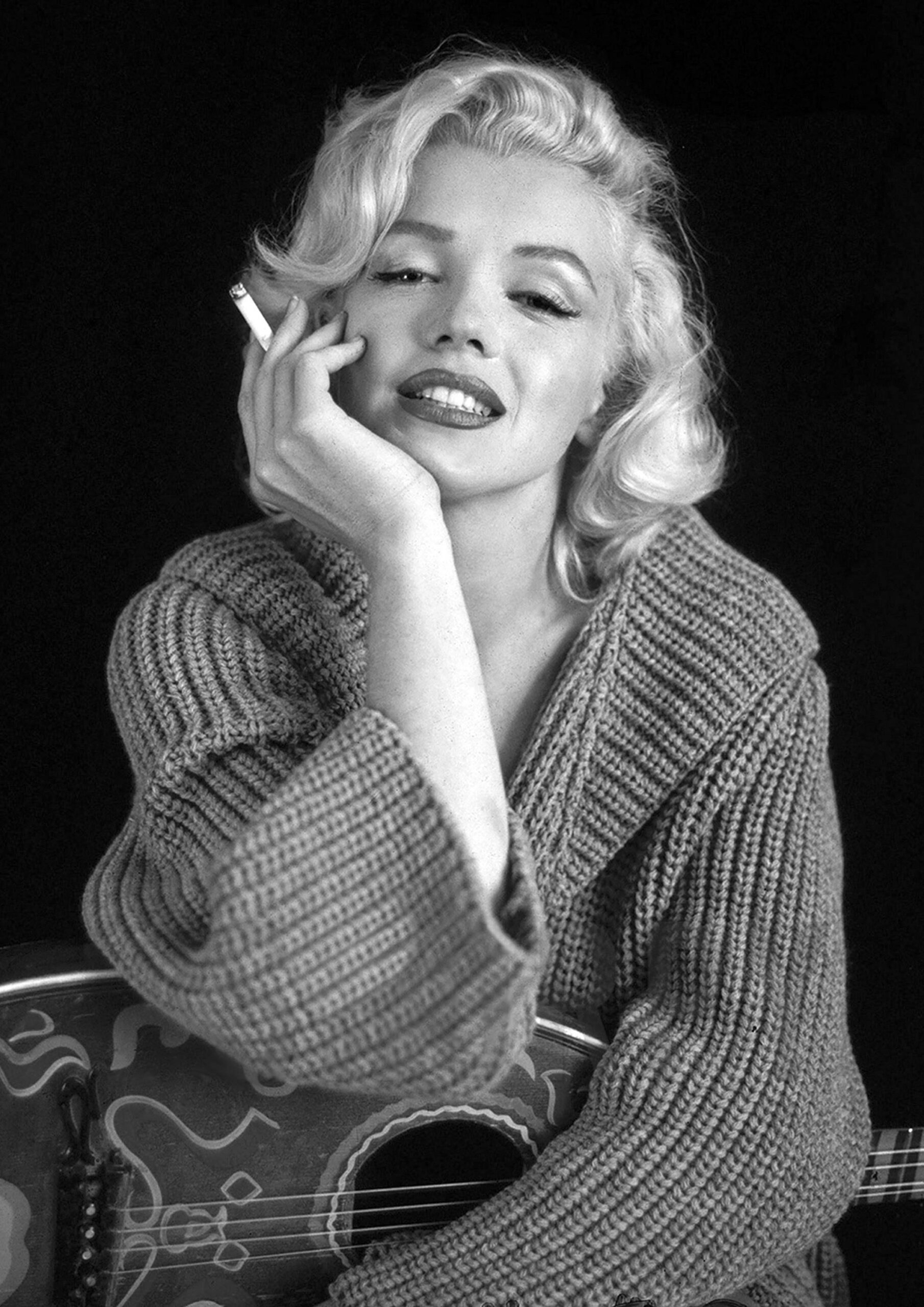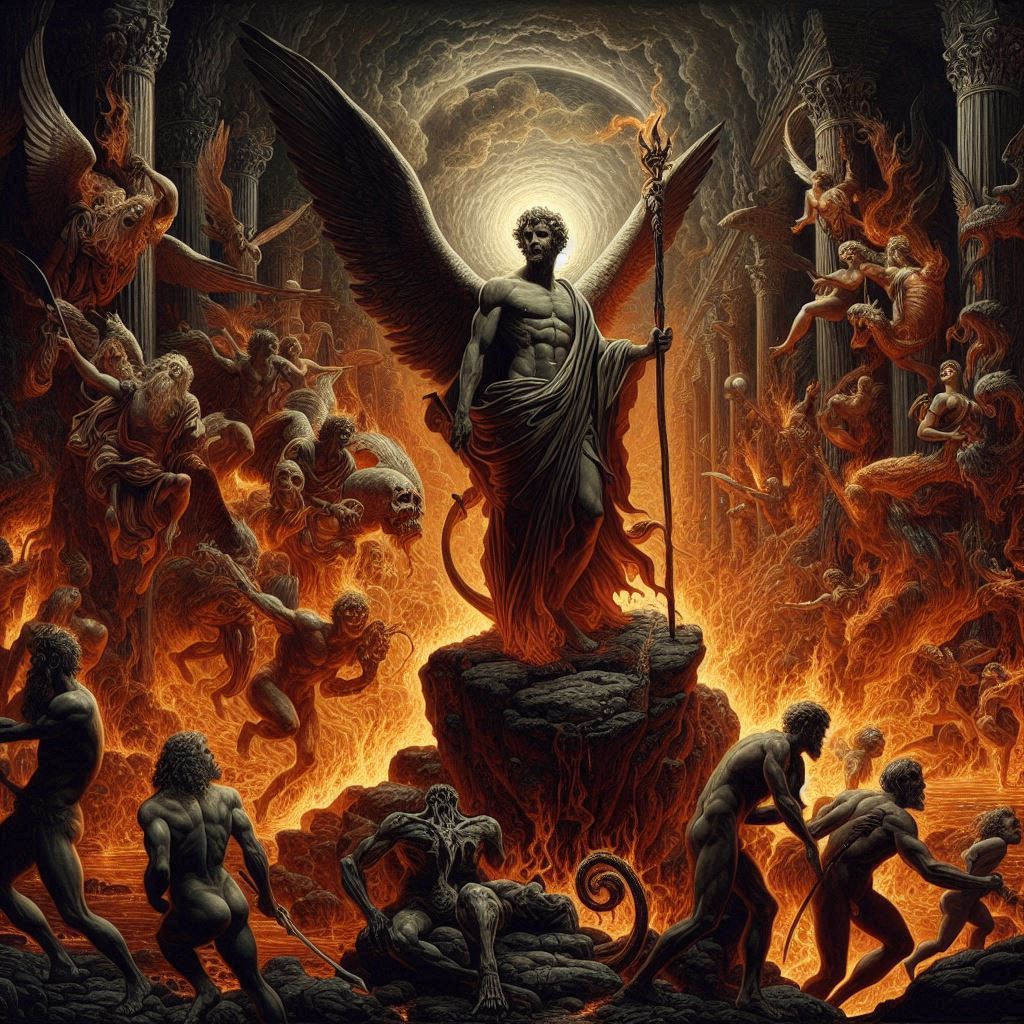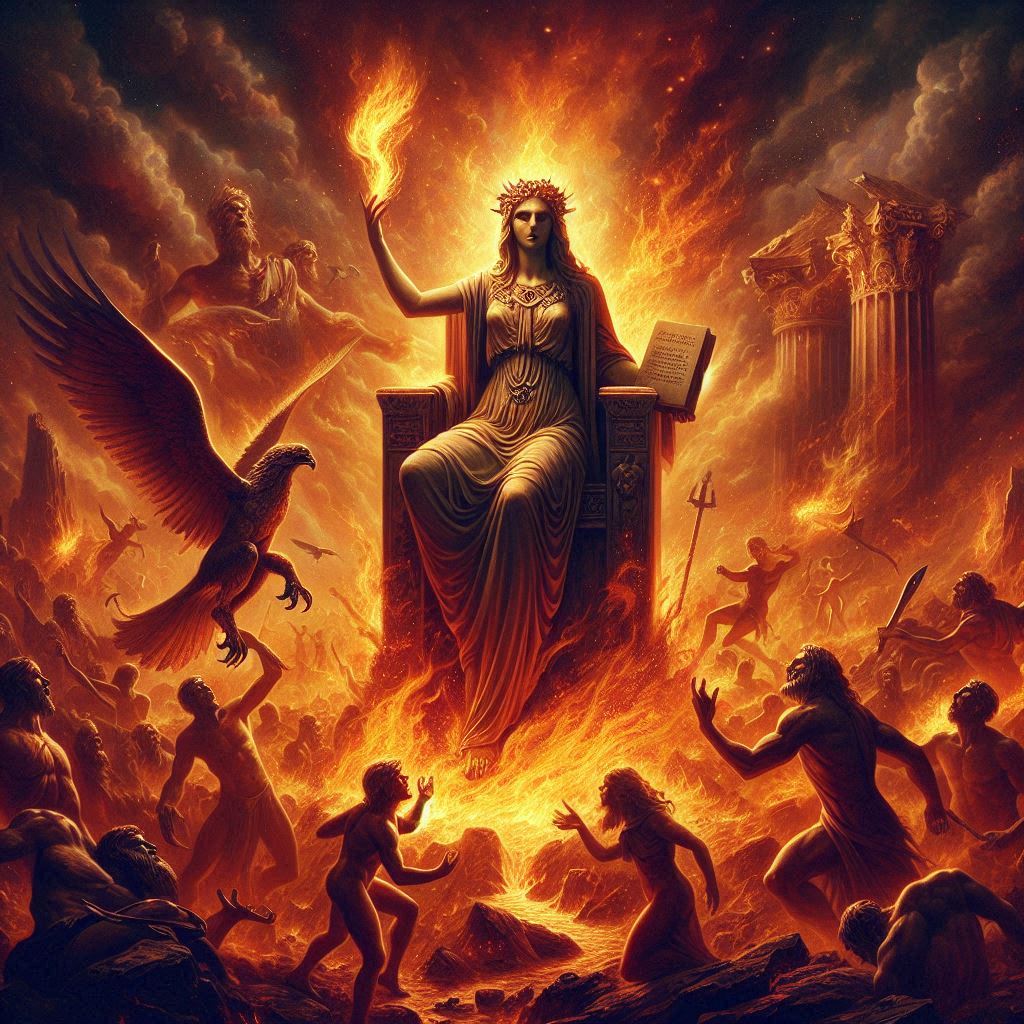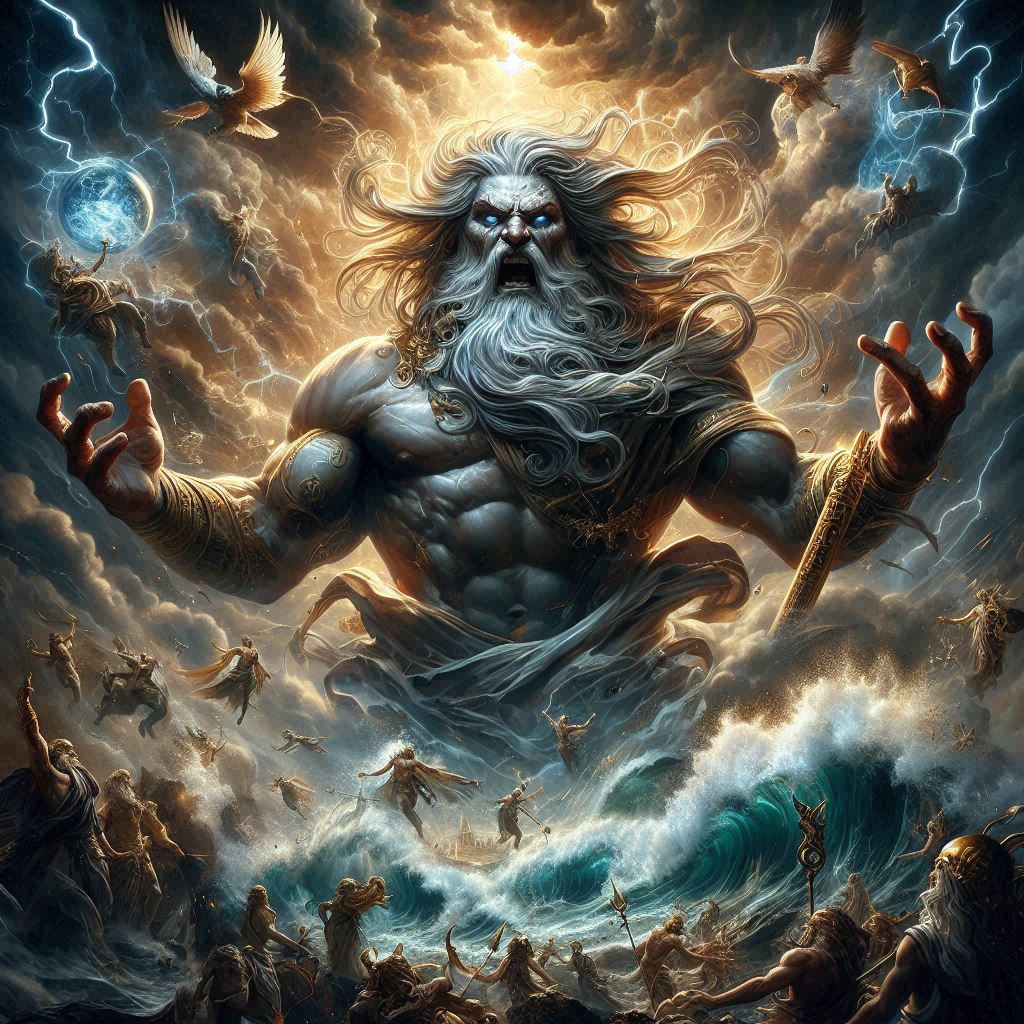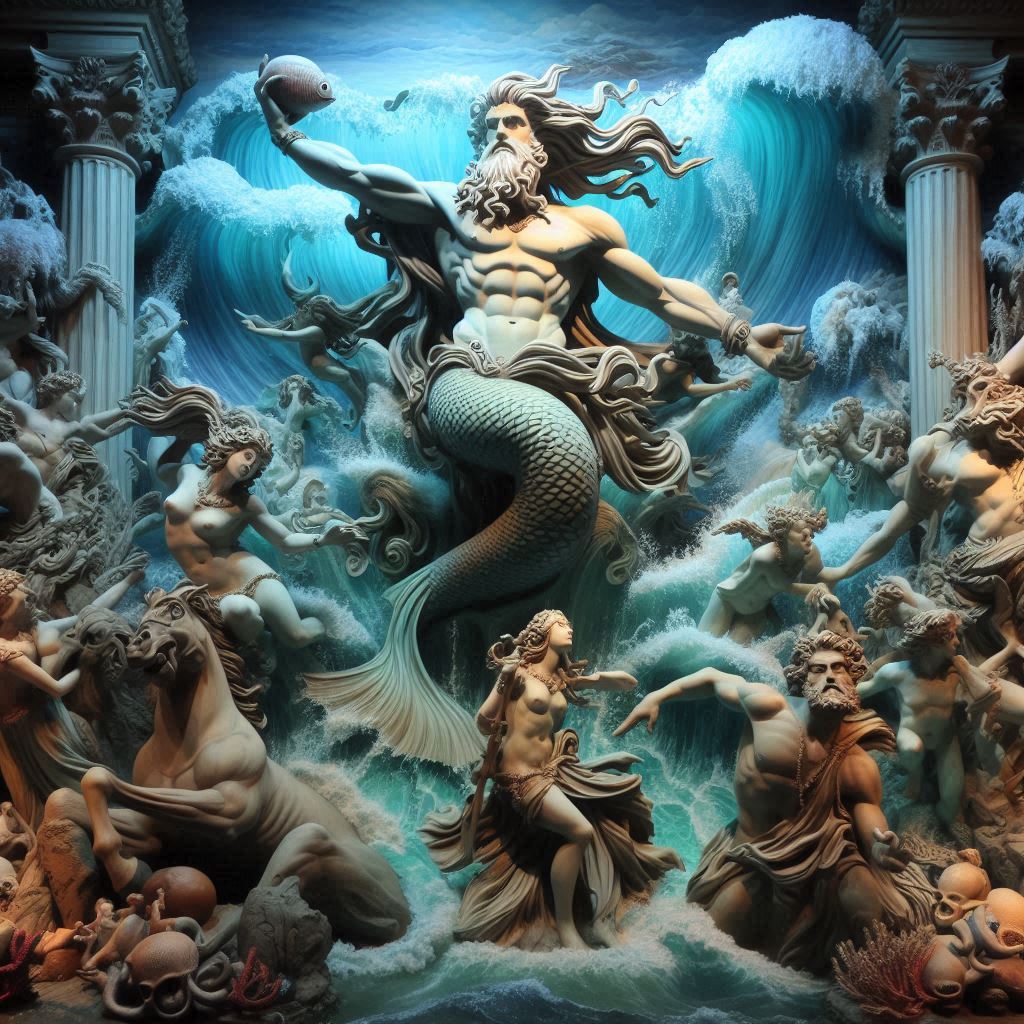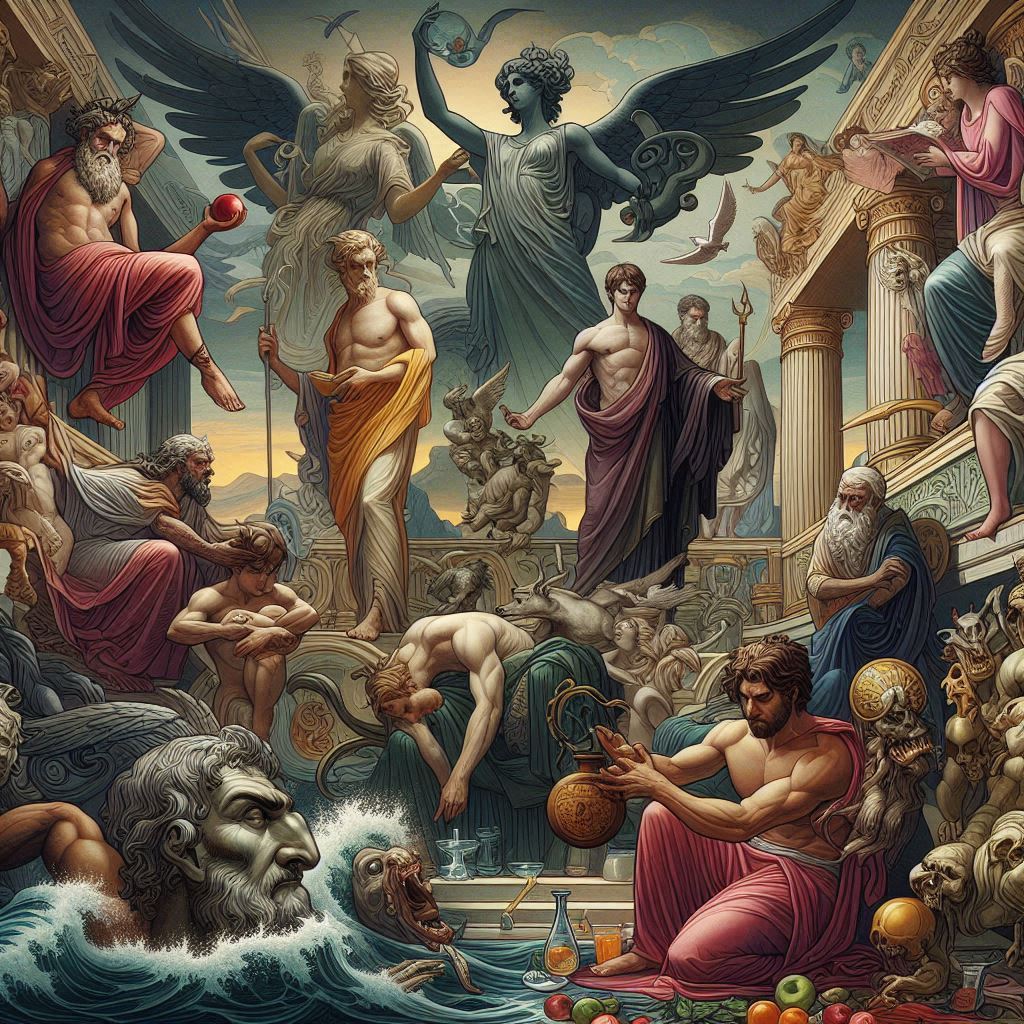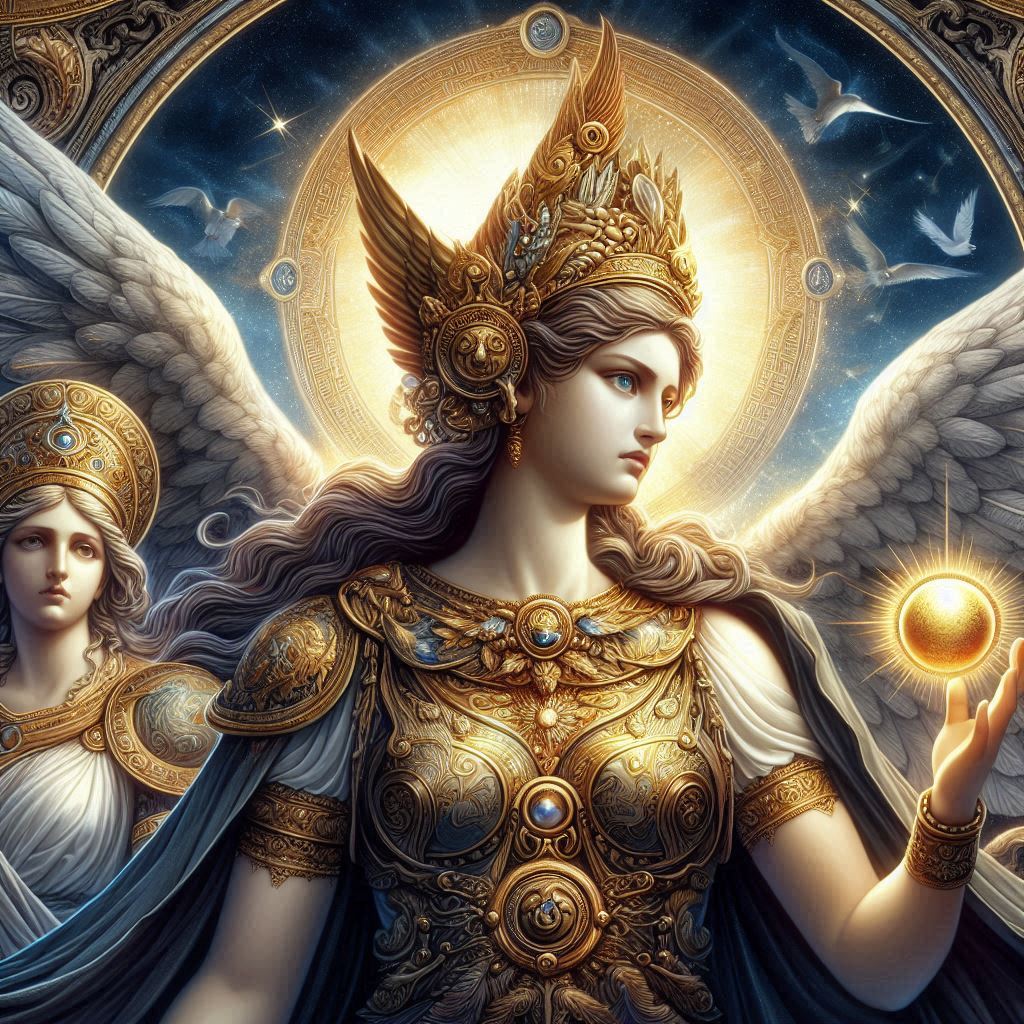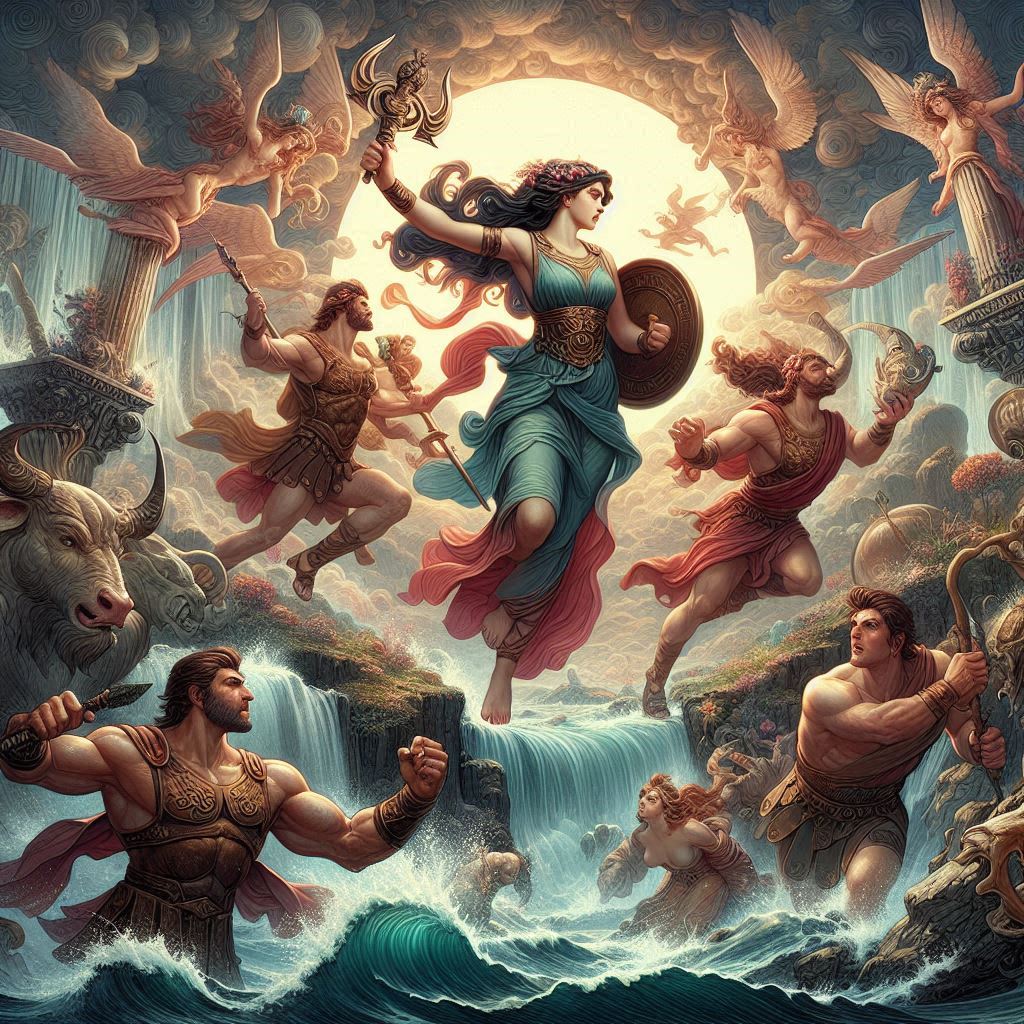Marilyn Monroe (1926–1962) was an American actress, singer, and model, who became one of the most iconic and enduring symbols of glamour and beauty in Hollywood. Known for her comedic talent and sultry persona, Monroe starred in classic films such as “Some Like It Hot” and “The Seven Year Itch.” Her life was marked by both professional success and personal challenges, contributing to her legendary status. Monroe’s tragic death at a young age further heightened her cultural impact.
Early Life and Childhood
Marilyn Monroe’s early life and childhood were characterized by tumultuous circumstances, as she navigated a challenging path to stardom. Born as Norma Jeane Mortenson on June 1, 1926, at Los Angeles County Hospital, her early years were marked by instability and familial struggles.
Norma Jeane’s mother, Gladys Baker, struggled with mental health issues, and her father’s identity remains uncertain, contributing to the complexities of her early life. Unable to care for her daughter, Gladys placed Norma Jeane in foster care, and by the age of seven, she was placed in the Los Angeles Orphans’ Home Society. This early separation from her biological parents and the lack of a stable family environment had a profound impact on Monroe’s sense of identity and belonging.
Norma Jeane’s time in foster care was marked by various challenges. She experienced a sense of abandonment and struggled to find stability in her early relationships. Despite these difficulties, she exhibited a natural charm and beauty that attracted the attention of those around her. A local photographer, noticing her potential, began taking pictures of the young Norma Jeane, setting the stage for her entry into the world of modeling.
As she entered adolescence, Norma Jeane faced the challenges of growing up in the midst of World War II. In 1942, at the age of 16, she married James Dougherty, seeking a sense of security and stability. However, the marriage was short-lived, as Dougherty enlisted in the Merchant Marine, and the couple divorced in 1946.
It was during this period that Norma Jeane decided to pursue a career in modeling and acting. In 1945, she was discovered by a military photographer while working at the Radioplane Munitions Factory. Her beauty and photogenic qualities quickly garnered attention, leading her to sign a contract with Twentieth Century-Fox in 1946. Around this time, she adopted the stage name Marilyn Monroe, combining her mother’s maiden name, Monroe, with the first name Marilyn.
Monroe’s early years in Hollywood were marked by a series of bit parts and minor roles, as the industry struggled to define her image. Her breakthrough came with the release of the film “The Asphalt Jungle” in 1950, where she played a small but memorable role. This marked the beginning of her ascent to stardom, capturing the attention of audiences and industry insiders alike.
In 1952, Monroe posed for the now-famous nude calendar photos that further fueled her rising popularity. These photographs, taken by Tom Kelley, would later be released without her consent, leading to both controversy and increased public interest. Monroe’s ability to transform adversity into opportunity was becoming a hallmark of her career.
Simultaneously, her film career gained momentum with standout performances in films like “All About Eve” (1950) and “Clash by Night” (1952). However, it was her role in “Gentlemen Prefer Blondes” (1953) that catapulted her to stardom, establishing Marilyn Monroe as the quintessential blonde bombshell. The film’s success not only showcased her comedic talents but also solidified her status as a sex symbol.
Despite her rising fame, Monroe’s personal life remained complex. Her marriages, including the short-lived union with baseball legend Joe DiMaggio, garnered significant media attention. These relationships provided both moments of happiness and challenges, contributing to the public’s fascination with Monroe beyond her on-screen persona.
In the midst of her burgeoning career, Monroe’s early life experiences continued to influence her emotional well-being. The struggles with mental health and a longing for stability would later manifest in her adult life, impacting both her personal relationships and professional pursuits. As she navigated the complexities of fame, Marilyn Monroe’s early years remained an indelible part of her identity, shaping the woman who would become one of the most enduring icons in Hollywood history.
Entry into Hollywood
Marilyn Monroe’s entry into Hollywood marked the beginning of a transformative period in her life, as she transitioned from a challenging upbringing to becoming one of the most iconic figures in the history of American cinema. After signing a contract with Twentieth Century-Fox in 1946, Marilyn’s journey in Hollywood began in earnest, and her unique blend of beauty, charisma, and vulnerability quickly set her apart in the competitive entertainment industry.
Under her new stage name, Marilyn Monroe, she embarked on a career that initially involved bit parts and supporting roles. Her early years in Hollywood were marked by a series of challenges as the industry struggled to define her image. Monroe’s stunning looks and undeniable on-screen presence, however, did not go unnoticed.
In 1947, Monroe appeared in her first credited role in the film “Dangerous Years.” While the role was small, it marked the beginning of her on-screen presence and hinted at the potential that would soon captivate audiences. The breakthrough came in 1950 with her role in “The Asphalt Jungle,” where she played the mistress of a corrupt lawyer. Despite the limited screen time, Monroe’s performance was notable, and critics began to take notice of her star quality.
Her early success in “The Asphalt Jungle” led to more significant roles, including parts in films like “All About Eve” (1950), a classic drama where she played the supporting role of Miss Caswell. While the character was not central to the plot, Monroe’s screen presence and the allure she brought to the role left a lasting impression, foreshadowing her future as a Hollywood luminary.
As the 1950s progressed, so did Monroe’s career. Her growing popularity and recognition prompted the studio to invest more in her image and casting. Fox began grooming her for leading roles, recognizing the star potential in the making. Despite being initially typecast in roles that emphasized her looks rather than her acting abilities, Monroe was determined to prove herself as a versatile actress.
One of the pivotal moments in Monroe’s early Hollywood career was her role in “Niagara” (1953), a film noir thriller where she played a femme fatale. This marked a departure from her previous roles and showcased a darker, more dramatic side of her acting abilities. The film’s success not only expanded Monroe’s range as an actress but also demonstrated her ability to carry a film.
However, it was “Gentlemen Prefer Blondes” (1953) that catapulted Monroe to superstardom. Co-starring with Jane Russell, Monroe played the role of Lorelei Lee, a gold-digging showgirl. The film showcased Monroe’s comedic talents, and her performance of the song “Diamonds Are a Girl’s Best Friend” became an iconic moment in cinematic history. The success of “Gentlemen Prefer Blondes” firmly established Monroe as Hollywood’s new blonde bombshell, and she became a cultural phenomenon.
Amidst her rising fame, Monroe faced the challenge of breaking away from the stereotypical “dumb blonde” roles that dominated her early career. She sought to prove herself as a serious actress and decided to take control of her career by forming her own production company, Marilyn Monroe Productions, in 1954. This move allowed her to have more say in the roles she undertook and the projects she pursued.
Monroe’s commitment to honing her craft led her to enroll in the Actors Studio, where she studied under Lee Strasberg. This marked a significant turning point in her career, as she sought to refine her acting skills and distance herself from the sex-symbol image that had defined her early roles.
Despite facing setbacks and challenges, including the dismissal from the film “Something’s Got to Give” (1962), Monroe’s entry into Hollywood was undeniably transformative. From a troubled upbringing and a series of early struggles, she emerged as an international sensation, leaving an indelible mark on the entertainment industry. Marilyn Monroe’s journey into Hollywood was not just a story of beauty and glamour but also one of resilience, determination, and the pursuit of artistic authenticity.
Iconic Roles
Marilyn Monroe’s career was defined by a series of iconic roles that showcased her versatility as an actress and solidified her status as a Hollywood legend. From comedic performances to dramatic roles, Monroe’s on-screen charisma and timeless appeal continue to captivate audiences worldwide. Several films stand out as milestones in her career, each contributing to the enduring legacy of Marilyn Monroe.
One of Monroe’s early breakthroughs came with the 1953 film “Gentlemen Prefer Blondes,” directed by Howard Hawks. In this musical comedy, Monroe starred alongside Jane Russell, portraying the role of Lorelei Lee, a gold-digging showgirl. The film’s success was not only attributed to the dynamic chemistry between Monroe and Russell but also to Monroe’s captivating performance of the iconic song “Diamonds Are a Girl’s Best Friend.” This role firmly established Monroe as the quintessential blonde bombshell and showcased her comedic talents, marking a turning point in her career.
Monroe’s comedic abilities were further highlighted in Billy Wilder’s 1955 film “The Seven Year Itch.” In this classic romantic comedy, Monroe played The Girl, a neighbor who becomes the object of the protagonist’s fantasies. The film’s most memorable scene features Monroe standing over a subway grate, her white dress billowing in the wind. The image became one of the most iconic moments in cinematic history, forever associating Monroe with glamour and sensuality.
However, Monroe was not content with being confined to comedic roles. She sought to prove her dramatic prowess, leading her to star in the 1956 film “Bus Stop,” directed by Joshua Logan. In this romantic drama, Monroe portrayed Chérie, a saloon singer with dreams of stardom. The film showcased Monroe’s ability to delve into more complex characters, earning her critical acclaim for a performance that revealed a depth beyond her comedic persona.
Her commitment to serious acting led her to work with renowned acting coach Lee Strasberg at the Actors Studio. Monroe’s dedication to her craft resulted in a notable departure from her earlier roles when she starred in “The Prince and the Showgirl” (1957) alongside Laurence Olivier. The film, set against the backdrop of European royalty, allowed Monroe to showcase her dramatic skills in a period piece, demonstrating her desire to expand her range as an actress.
Monroe continued to push boundaries with her 1959 film “Some Like It Hot,” directed by Billy Wilder. In this classic screwball comedy, Monroe played the role of Sugar Kane Kowalczyk, a ukulele player in an all-female band. Her comedic timing and endearing performance earned her a Golden Globe nomination, and the film itself remains a landmark in the comedy genre. “Some Like It Hot” highlighted Monroe’s ability to excel in diverse roles and solidified her as a comedic genius.
Tragically, Monroe’s final completed film was “The Misfits” (1961), directed by John Huston. In this poignant drama, Monroe starred alongside Clark Gable and Montgomery Clift. Her portrayal of Roslyn Taber, a recent divorcee caught in a complex romantic entanglement, showcased a more vulnerable and introspective side of Monroe’s acting. The film is often regarded as a somber reflection of both Monroe’s personal struggles and the changing landscape of Hollywood.
While her filmography was not vast, Marilyn Monroe’s impact on cinema transcended the number of roles she played. Her ability to seamlessly transition between comedic and dramatic roles demonstrated her versatility and depth as an actress. Monroe’s enduring legacy is not only built on her physical beauty but also on the emotional resonance she brought to her characters, making her an enduring icon in the world of film. Each iconic role added a layer to the complex and multifaceted legacy of Marilyn Monroe, solidifying her place as one of the greatest actresses in Hollywood history.
Personal Struggles
Marilyn Monroe’s life was marred by a series of personal struggles, adding a layer of complexity to her public image as a glamorous Hollywood icon. Behind the scenes, Monroe grappled with issues ranging from mental health challenges to tumultuous relationships, substance abuse, and the constant pressure of fame.
One of the underlying themes in Monroe’s life was her struggle with mental health. Growing up in foster care and experiencing a turbulent childhood had a profound impact on her emotional well-being. Monroe faced insecurities and a deep-seated need for love and acceptance, which persisted throughout her life. These early struggles manifested in bouts of depression and anxiety, contributing to a sense of vulnerability that contrasted sharply with her confident on-screen persona.
The pressures of fame and the expectations associated with being a sex symbol in Hollywood exacerbated Monroe’s mental health challenges. She often felt confined by the public’s perception of her as a blonde bombshell, longing for recognition as a serious actress. Seeking refuge from the demands of her career, Monroe turned to psychoanalysis and began therapy with renowned psychiatrist Dr. Ralph Greenson.
Monroe’s relationships, marked by a series of marriages and high-profile romances, added another layer of complexity to her life. Her first marriage to James Dougherty ended in 1946, and subsequent unions with baseball legend Joe DiMaggio and playwright Arthur Miller were scrutinized by the media. The high-profile nature of these relationships intensified the public’s fascination with Monroe’s personal life, placing additional strain on her well-being.
The union with Joe DiMaggio, whom she married in 1954, was both passionate and tumultuous. DiMaggio’s protectiveness clashed with Monroe’s desire for independence, ultimately leading to their divorce after only nine months. Despite the short-lived marriage, DiMaggio remained a significant figure in Monroe’s life, demonstrating the enduring impact of her relationships.
Her third marriage to playwright Arthur Miller offered a departure from her earlier unions, as she sought intellectual and artistic fulfillment. The marriage, which lasted from 1956 to 1961, brought a semblance of stability to Monroe’s life. However, the challenges of maintaining a balance between her public and private selves persisted, contributing to the strains on the relationship.
Monroe’s personal struggles were further exacerbated by substance abuse issues. The demanding nature of her career, coupled with the pressures of fame, led to a reliance on medications to cope with anxiety and sleeplessness. This dependence on prescription drugs became a recurring theme in Monroe’s life, contributing to a cycle of addiction and its attendant challenges.
The tragic pinnacle of Monroe’s personal struggles was her untimely death on August 5, 1962, at the age of 36. Officially ruled as a probable suicide due to an overdose of barbiturates, her passing sparked widespread speculation and conspiracy theories. The circumstances surrounding her death added a layer of mystery to her legacy, contributing to the enduring fascination with Monroe’s life and the questions surrounding the events leading to her demise.
Marilyn Monroe’s personal struggles serve as a poignant reminder of the complex realities behind the glamour of Hollywood stardom. Her life, marked by a quest for love, acceptance, and fulfillment, resonates as a cautionary tale about the challenges faced by those thrust into the spotlight. Monroe’s enduring legacy lies not only in her cinematic contributions but also in the universal themes of resilience and vulnerability that define her tumultuous journey.
Relationships
Marilyn Monroe’s relationships played a central role in shaping both her public image and personal life. Her marriages and high-profile romances were scrutinized by the media, contributing to the complexities of her journey in the spotlight.
Monroe’s first marriage was to James Dougherty in 1942, when she was just 16 years old. The union provided a sense of stability for Monroe during a tumultuous time, but it was short-lived. As Dougherty enlisted in the Merchant Marine during World War II, the couple grew apart, and they divorced in 1946.
Her second marriage, and perhaps the most widely recognized, was to baseball legend Joe DiMaggio in 1954. Their union captivated the public’s imagination, combining Hollywood glamour with sports stardom. However, the intense scrutiny from the media and DiMaggio’s desire to protect Monroe clashed with her desire for independence. The marriage lasted only nine months, ending in divorce, but DiMaggio remained a significant figure in Monroe’s life, reflecting the enduring impact of their relationship.
Monroe’s third marriage was to playwright Arthur Miller in 1956. This union marked a departure from her previous marriages, emphasizing intellectual and artistic connections. Miller provided a stabilizing influence, and the couple appeared to enjoy a more serene domestic life. However, the challenges of balancing private and public personas, coupled with the pressures of fame, contributed to the strains on their relationship. Monroe and Miller divorced in 1961, signaling the end of her marriages.
Her relationships extended beyond marriages, including affairs with influential figures like President John F. Kennedy and his brother, Attorney General Robert F. Kennedy. These affairs added a layer of intrigue to Monroe’s life, further fueling speculation and rumors. The alleged connections with political figures underscored the intersection of Monroe’s personal life with broader cultural and political landscapes.
The impact of Monroe’s relationships on her overall well-being is evident in her struggles with mental health and substance abuse. The tumultuous nature of her romantic life, combined with the pressures of fame, contributed to a sense of vulnerability that haunted Monroe throughout her career.
Marilyn Monroe’s relationships, marked by passion, heartbreak, and public scrutiny, remain a significant aspect of her legacy. They offer insight into the complexities of fame, the challenges of maintaining personal relationships in the public eye, and the toll such scrutiny can take on an individual. Monroe’s romantic entanglements, both the highs and the lows, continue to be subjects of fascination, contributing to the enduring mystique surrounding this iconic Hollywood figure.
Fashion and Style
Marilyn Monroe’s impact on fashion and style transcended her roles on the silver screen, making her a timeless and enduring icon in the world of glamour and fashion. Her distinctive look, characterized by platinum blonde curls, red lips, and glamorous attire, has left an indelible mark on popular culture.
Monroe’s iconic style was defined by a combination of sensuality, elegance, and a touch of playfulness. Her wardrobe often featured curve-hugging dresses, plunging necklines, and form-fitting silhouettes that accentuated her hourglass figure. One of her most famous dresses is the white halter-neck dress from the film “The Seven Year Itch” (1955). The scene where Monroe stands over a subway grate, letting the breeze lift her dress, became an iconic moment in cinema and cemented the image of Monroe as the epitome of Hollywood glamour.
The red sequined gown she wore while performing “Diamonds Are a Girl’s Best Friend” in “Gentlemen Prefer Blondes” (1953) is another unforgettable fashion moment. Designed by William Travilla, this gown, paired with long satin gloves and dripping in diamonds, became synonymous with Monroe’s status as a sex symbol and remains an enduring image in the history of fashion.
Monroe’s off-screen style mirrored her on-screen allure, with an emphasis on figure-flattering ensembles that showcased her feminine charm. She often opted for high-waisted pants, pencil skirts, and halter tops that highlighted her curves. Her love for tailored garments, fur stoles, and accessories reflected a classic Hollywood aesthetic.
Her blonde bombshell persona extended beyond clothing to her signature hairstyle. Monroe’s platinum blonde curls, styled with precision, became an integral part of her image. This hairstyle, often accompanied by a red lip and a beauty mark, became instantly recognizable and contributed to the creation of the iconic Marilyn Monroe look.
Despite her glamorous image, Monroe’s style was not solely about opulence. She also embraced a more casual and relaxed approach to fashion. Photographs of her in casual wear, such as jeans, button-down shirts, and knit sweaters, showcased her versatility and ability to effortlessly transition between different fashion sensibilities.
Monroe’s influence on fashion extended beyond her clothing choices. Her impact on beauty standards and the definition of glamour was profound. She challenged conventional norms, celebrating her curves and embracing a healthy, natural beauty. Monroe’s emphasis on femininity and sensuality without conforming to rigid ideals set her apart, making her a trailblazer in redefining beauty standards.
Even decades after her passing, Marilyn Monroe’s style continues to inspire designers, celebrities, and fashion enthusiasts. Her timeless elegance and ability to blend sex appeal with sophistication remain relevant in the ever-evolving world of fashion. Numerous retrospectives and exhibitions dedicated to her style attest to the enduring fascination with Monroe’s fashion legacy.
From glamorous red carpet gowns to casual everyday wear, Monroe’s fashion choices reflected a nuanced understanding of her public image. Her impact on style has left an enduring legacy, influencing generations of designers and shaping the very definition of Hollywood glamour. Marilyn Monroe’s fashion and style, characterized by confidence, sensuality, and a touch of vulnerability, continue to captivate and inspire the world of fashion today.
Legacy and Impact
Marilyn Monroe’s legacy is woven into the fabric of American popular culture, transcending her roles on screen to become a symbol of beauty, sensuality, and the complexities of fame. Her impact, both in the entertainment industry and beyond, remains profound, influencing not only the world of cinema but also shaping societal perceptions of femininity and beauty standards.
Monroe’s enduring legacy is rooted in her ability to capture the public’s imagination. Her iconic image, characterized by platinum blonde hair, red lips, and glamorous attire, has become synonymous with Hollywood glamour. Monroe’s impact on fashion and style has left an indelible mark, inspiring designers, photographers, and fashion enthusiasts for generations. Her influence can be seen in the countless reinterpretations of her iconic looks, from magazine covers to contemporary red carpet appearances.
Beyond her external allure, Monroe’s legacy is also tied to her ability to navigate the complexities of fame. She challenged traditional notions of femininity and beauty, celebrating her curves and exuding a confidence that resonated with audiences. Monroe’s openness about her struggles with mental health and the pressures of the entertainment industry humanized her, fostering a connection with fans that went beyond the silver screen. Her vulnerability became an integral part of her legacy, paving the way for a more nuanced understanding of celebrities as individuals facing both triumphs and tribulations.
Monroe’s impact on cinema is undeniable. Her performances in films like “Gentlemen Prefer Blondes” (1953), “Some Like It Hot” (1959), and “The Seven Year Itch” (1955) continue to be celebrated as iconic moments in film history. Her ability to seamlessly transition between comedic and dramatic roles showcased her versatility as an actress, earning her acclaim and admiration from audiences and industry peers alike.
The cultural resonance of Marilyn Monroe extends far beyond the silver screen. Her image has been immortalized in art, with Andy Warhol’s iconic portraits contributing to her status as a pop art icon. Monroe’s influence has also permeated music, with numerous songs paying homage to her allure and legacy. From Madonna’s homage in “Material Girl” to Elton John’s “Candle in the Wind,” artists across genres have found inspiration in Monroe’s timeless appeal.
The tragic circumstances surrounding Monroe’s death in 1962 at the age of 36 only heightened the fascination with her life and legacy. The mysterious circumstances of her passing, coupled with the enduring interest in her relationships and struggles, have fueled conspiracy theories and speculation. Monroe’s death became a poignant chapter in her story, adding a layer of tragedy to her complex legacy.
The enduring legacy of Marilyn Monroe is perhaps most evident in the ongoing cultural references and tributes dedicated to her memory. Countless books, documentaries, and exhibitions have sought to unravel the enigma of Monroe, exploring the woman behind the icon. The fascination with Monroe’s life persists, as each generation rediscovers and reinterprets her legacy through new lenses.
Death
Marilyn Monroe’s untimely death on August 5, 1962, at the age of 36, remains shrouded in mystery and speculation, adding a tragic layer to her already complex life. The circumstances surrounding her passing have fueled numerous conspiracy theories, contributing to the enduring fascination with Monroe’s final moments.
The official cause of Monroe’s death was reported as a probable suicide by drug overdose. She was found dead in her Brentwood, Los Angeles home, with an autopsy revealing lethal levels of barbiturates in her system. The sudden loss of such a prominent and beloved figure sent shockwaves through the entertainment industry and the public.
Monroe’s death marked the end of a tumultuous life marked by personal struggles, high-profile relationships, and the pressures of fame. Her battles with mental health issues, substance abuse, and the challenges of navigating the demanding world of Hollywood were well-documented. Monroe’s vulnerability, which had endeared her to many, ultimately became a tragic aspect of her narrative.
Conspiracy theories surrounding Monroe’s death abound, with speculations ranging from murder to accidental overdose. Some theories suggest involvement by influential figures, including government officials, due to her alleged affairs with President John F. Kennedy and his brother, Attorney General Robert F. Kennedy. While investigations and official reports have consistently maintained the ruling of probable suicide, the lack of conclusive evidence has allowed alternative narratives to persist.
The circumstances leading up to Monroe’s death are clouded by conflicting accounts and unanswered questions. Reports of her emotional state in the days leading to that fateful night vary, with some sources claiming she was despondent, while others suggest she was making plans for the future. The presence of empty pill bottles, combined with the lack of a clear suicide note, has fueled speculation and uncertainty.
Monroe’s passing had a profound impact on her fans, the entertainment industry, and popular culture. The tragic nature of her death added a layer of complexity to her legacy, transforming her into an enduring symbol of the price of fame and the darker side of Hollywood. The mystery surrounding her death has only intensified the public’s fascination with Monroe, contributing to the ongoing interest in her life and legacy.
Despite the passage of time, the circumstances of Marilyn Monroe’s death continue to be the subject of debate, speculation, and artistic exploration. Numerous books, documentaries, and films have revisited the events leading up to that August night, seeking to shed light on the enigma that surrounds one of Hollywood’s most iconic figures. Monroe’s death remains a poignant chapter in the annals of celebrity history, a reminder of the complexities inherent in the pursuit of fame and the enduring impact of an unforgettable star.
